Cork Floor and Furniture Damage Q.
tnt2007
17 years ago
Featured Answer
Sort by:Oldest
Comments (11)
asato
17 years agolkremodel
17 years agoRelated Professionals
Branford Flooring Contractors · Dublin Flooring Contractors · Framingham Flooring Contractors · Lewisville Flooring Contractors · Limerick Flooring Contractors · Melbourne Flooring Contractors · Salem Flooring Contractors · Suitland Flooring Contractors · Tucson Flooring Contractors · Edwards Tile and Stone Contractors · Pendleton Tile and Stone Contractors · Mitchellville Carpet Dealers · Bel Air General Contractors · Franklin General Contractors · Westminster General Contractorsatelier
17 years agoamstone
17 years agoclaudesw
16 years agoJHZR2
9 years agopprioroh
9 years agochilly isnapping
3 years agoSJ McCarthy
3 years agochilly isnapping
3 years ago
Related Stories
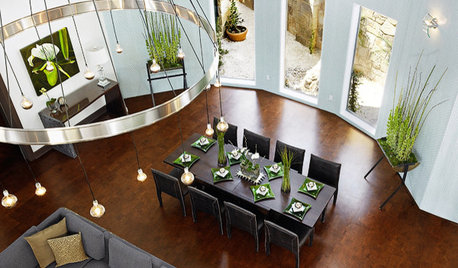
DECORATING GUIDESDiscover the Unstoppable Advantages of Cork for the Home
Look beyond wine stoppers to see cork's ecofriendliness, durability, fire resistance and antimicrobial nature for all kinds of home products
Full Story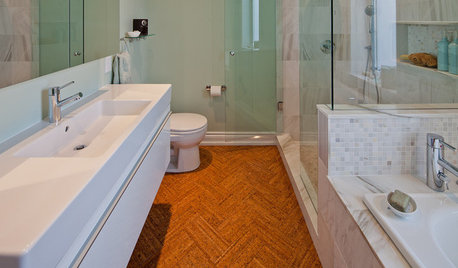
FLOORSWill Cork Float for Your Bathroom Floor?
Get the facts on advantages, disadvantages, costs and installation to see if a cork bathroom floor is right for you
Full Story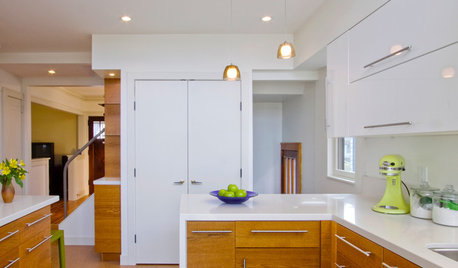
REMODELING GUIDESCork Flooring 101: Warm Up to a Natural Wonder
Comfortable, sustainable and easy on the eye, cork has a lot going for it. Use our guide to get familiar with this natural flooring material
Full Story
GREEN BUILDINGEcofriendly Cool: Insulate With Wool, Cork, Old Denim and More
Learn about the pros and cons of healthier alternatives to fiberglass and foam, and when to consider an insulation switch
Full Story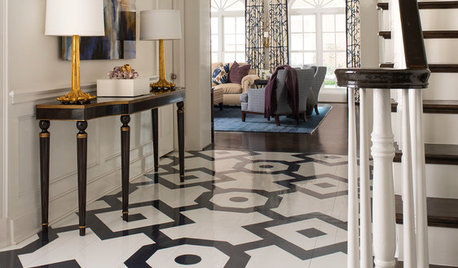
FLOORS6 Alternative Flooring Ideas to Kick Up Your Style
Rubber, cork, concrete and other materials are worthy options in lieu of hardwood or tile
Full Story
STUDIOS AND WORKSHOPSPick the Best Flooring for Your Creative Space
We give you the lowdown on carpet, concrete, cork and more flooring options so you can focus on your art or craft
Full Story
DECORATING GUIDESWhat Goes With Dark Wood Floors?
Avoid a too-heavy look or losing your furniture in a sea of darkness with these ideas for decor pairings
Full Story
HOUSEKEEPINGHow to Keep Your White Spaces Looking Great
Brighten up your white walls, floors and furniture with these cleaning and maintenance tips
Full Story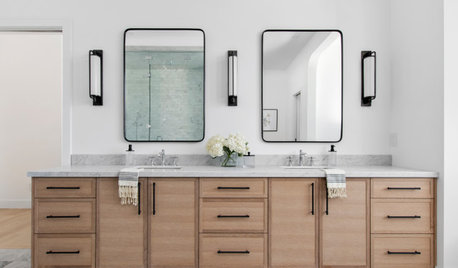
HOUSEKEEPINGHow to Clean Marble Countertops and Tile
Acidic solutions can damage your marble surfaces. Here’s how to keep marble looking clean and amazing
Full Story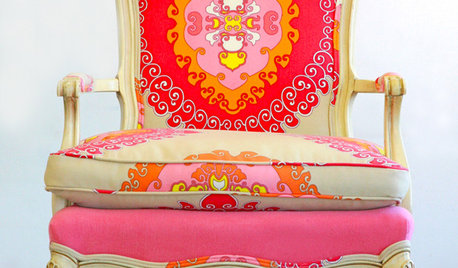
FURNITUREOld Furniture: Clean, Reupholster or Replace It?
A veteran upholstery cleaner weighs in on the options for found, inherited and thrift store furniture
Full Story





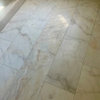

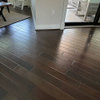
atelier